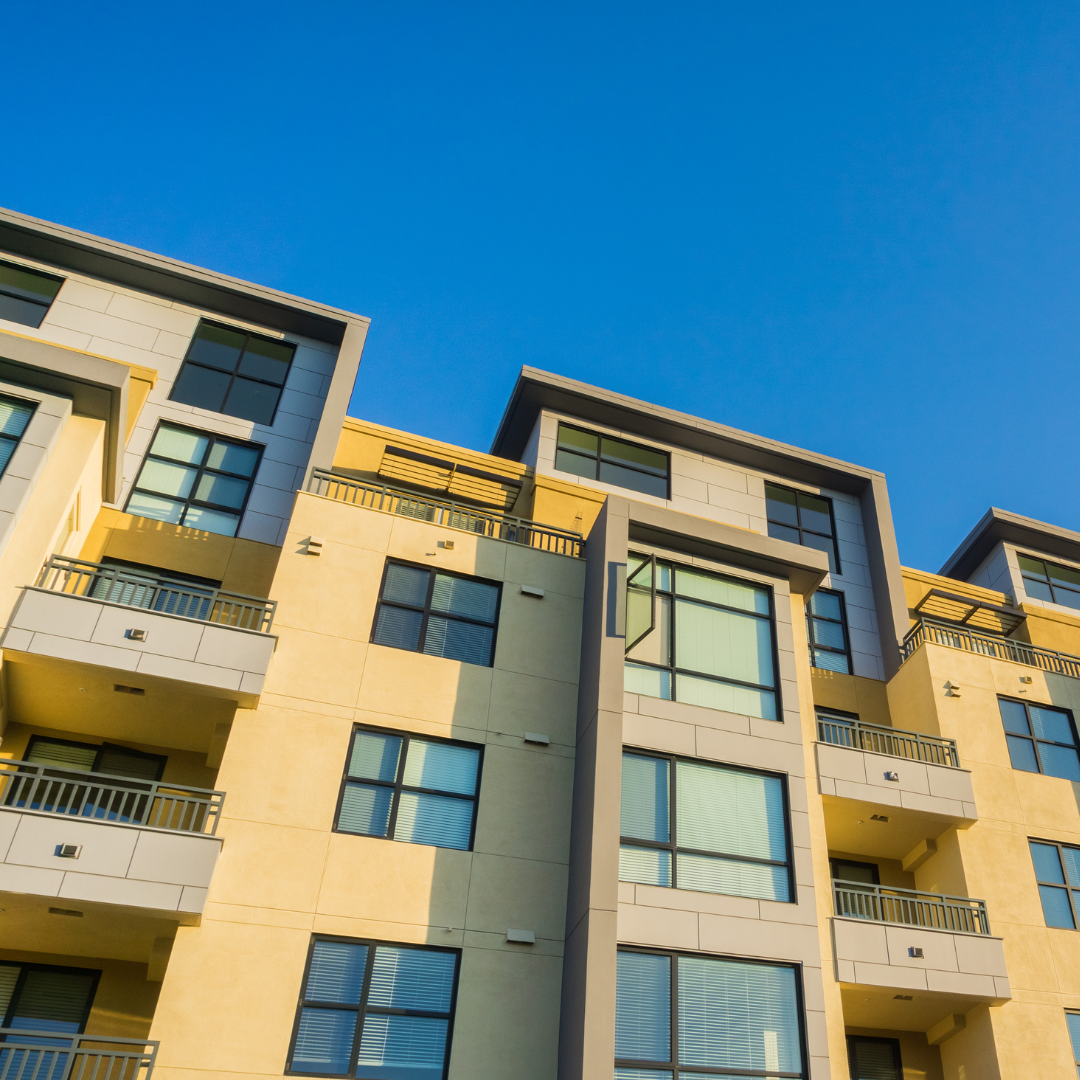New Fire Regulations by Building Height (England)

In our recent blog New Fire Safety Act – May 2022, we discuss the recently introduced Act and the implications that it has for you. Here we consider the new fire regulations and how they apply on different building heights:
Multi-occupied residential buildings, of two or more sets of domestic premises
- Fire Safety Instructions: Provide relevant fire safety instructions to their residents on how to report a fire and what a resident must do once a fire has occurred.
- Fire Door Information: Provide residents with information relating to the importance of fire doors in fire safety.
Multi-occupied residential buildings of over 11 metres in height
- Fire Safety Instructions: Provide relevant fire safety instructions to their residents on how to report a fire and what a resident must do once a fire has occurred.
- Fire Door Information: Provide residents with information relating to the importance of fire doors in fire safety.
- Annual and quarterly checks of fire doors: Undertake annual checks of flat entrance doors and quarterly checks of all fire doors in the common areas.
High-rise residential buildings (at least 18m or 7 storeys in height)
- Fire Safety Instructions: Provide relevant fire safety instructions to their residents on how to report a fire and what a resident must do once a fire has occurred.
- Fire Door Information: Provide residents with information relating to the importance of fire doors in fire safety.
- Annual and quarterly checks of fire doors: Undertake annual checks of flat entrance doors and quarterly checks of all fire doors in the common areas.
- Building Plans: Provide local Fire Rescue Services with up-to-date building floor plans by electronic means, and to place a hard copy of these plans alongside a single page building plan which identifies key firefighting equipment in a secure information box on site.
- External Wall Systems: Provide local Fire Rescue Services information about the design and materials of a high-rise building’s external wall system and to inform them of any material changes to these. You must also provide information in relation to the level of risk of the design and materials of the external wall structure and any mitigating steps that have been taken.
- Lifts and key fire-fighting equipment: Undertake monthly checks on the operation of lifts that may be used by firefighters and evacuation lifts in your building, and check the functionality of other key pieces of equipment. If you cannot fix faults within 24 hours of discovery, the local Fire Rescue Service must be notified, and the outcome of these checks must be made available to residents.
- Secure Information Boxes: Install and maintain a secure information box in their building, containing the name and contact details of the Responsible Person and hard copies of the building floorplans.
- Clear Signage: Install wayfinding signage which must be visible in low light or smoky conditions identifying the flat and floor numbers in the stairwells of relevant buildings.
If the above is making you feel out of your depth then not to worry – all of our clients can be supported through this, just give your dedicated consultant a call directly.
Not a client yet? Contact us here to arrange a chat about how we can help.
Our content is correct at the date of publishing, but should not be taken as legal advice, and our articles don’t replace Risk Assessments. Armour will not be held accountable for any legal actions the reader may take.

